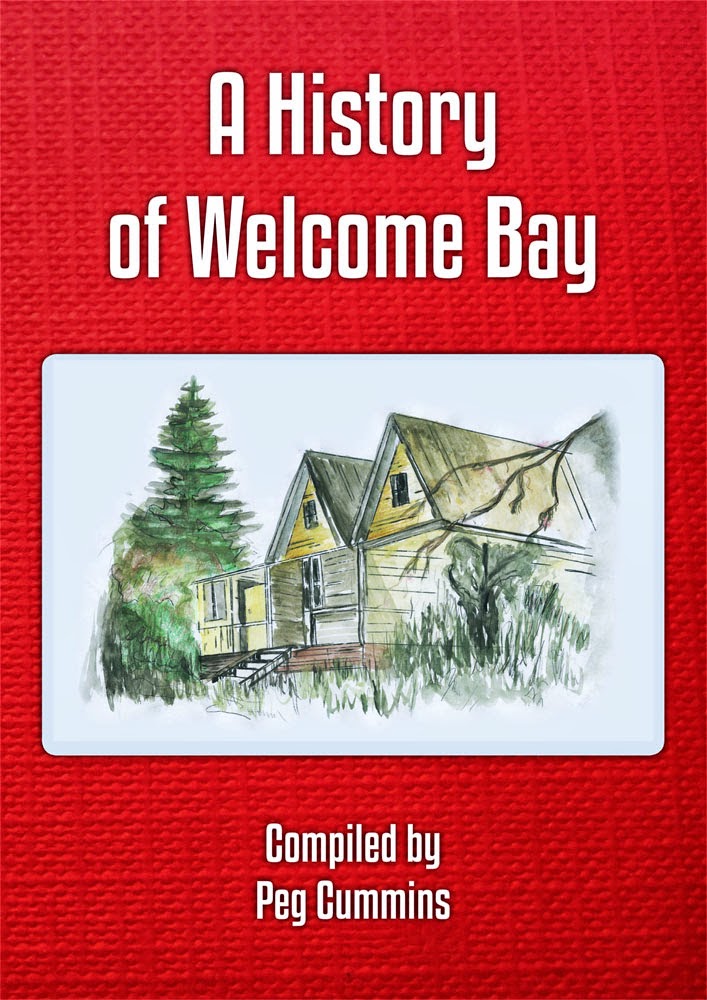In April 2014 a special trip was made to Wellington to see two old family homes at the invitation of their present owners. They were 'Fernhill' in Wadestown belonging to the Matthews family for 58 years and 'Crofton' of Ngaio owned by George and Margaret Domett since 1979. Both are sited on high ground, the Kaiwharawhara Stream and the adjacent Trelissick Park in the Ngaio Gorge between them.
There is a strong family link between these two homes and 'The Elms' in Tauranga where my grandparents Duff and Gertrude Maxwell were the last occupants in the 1990s.
Grandad's grandmother Euphemia Maxwell was widowed in Australia at the age of 36. She and her four surviving children, Andrew, Edith, Alice and Ebenezer came to New Zealand and stayed with her brother, Alexander Johnston, his wife Amelia and their only child, Fletcher, in Grant Road, Wellington.
A few months later 'Fernhill' was purchased, a cottage and five acre bush clearing at Wadestown.
A private boys grammar school had recently been established at 'Crofton,' a large homestead across the gorge and both Andrew and Ebenezer attended there. It closed in 1875 with the opening of Wellington College and the advent of free education.
A couple of years later the Berry family, recently arrived from England and consisting of 13 persons, took the house. Therein lies the second connection with the Maxwell family.
My grandfather's parents Ebenezer and Pattie Berry met there when she was 17 and he 15. They eventually married in their mid 30s (in Australia) and spent their lives farming in Taranaki, New Zealand.
In the 1880s, Euphemia's sister Christina was living at 'The Elms' in Tauranga. As the widow of Archdeacon Brown and without children of her own, she left the property to her niece Alice Maxwell in 1887, on the condition that she, her sister Edith and their mother took up residence. You may read on Page 18 what Euphemia thought of that plan. Common sense prevailed and it became the family home for the next 100 years.
This is the story of several families linked together by their association with these three homes.
Julie Green (née Maxwell) is the great great grand daughter of Euphemia Maxwell. In 1965 she went to live at 'The Elms' with her maternal grandparents Duff and Gertrude. She later trained as a nurse and married John Green in The Elms chapel in 1979. They have five grown children and live in Bethlehem, Tauranga. Julie really enjoys writing and has learnt a lot from this first attempt at publishing some of her family history.
Contact Julie Green (Email:
jjpandt@gmail.com, Phone 07-5767150) for copies of the book, which cost $25.00 (+ $5 p&p).






















